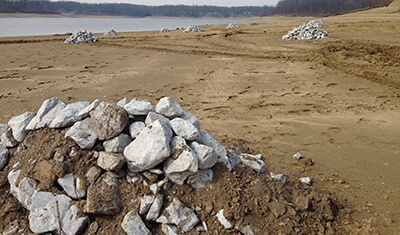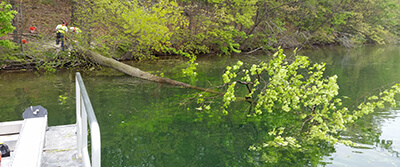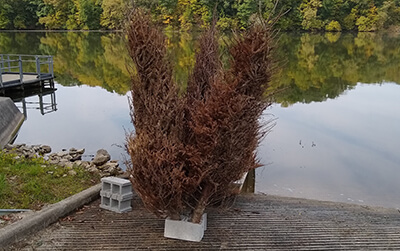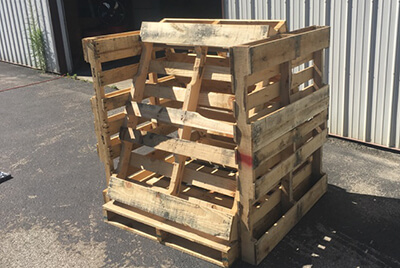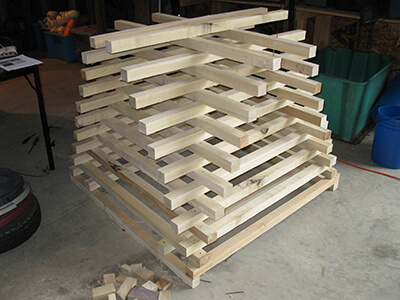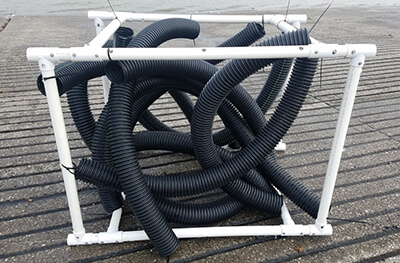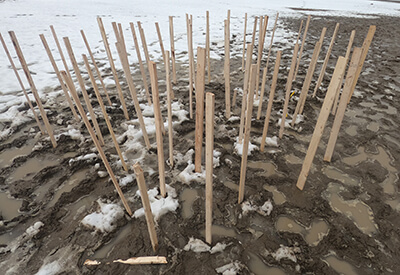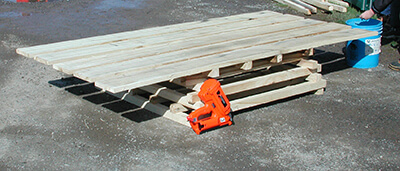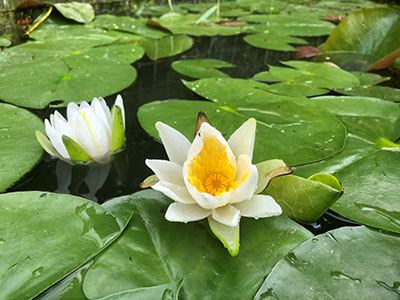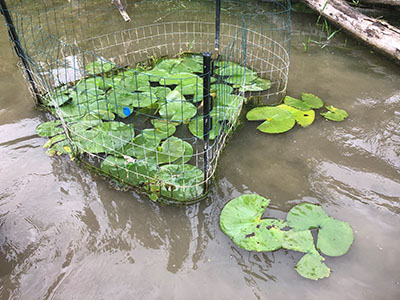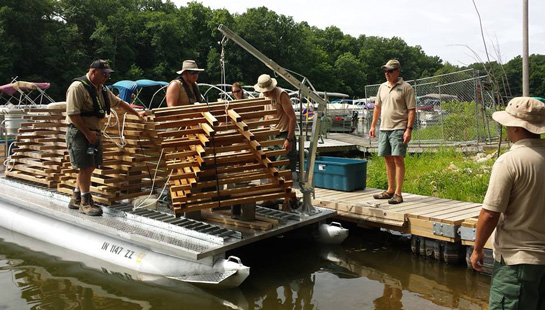
The Reservoir Habitat Enhancement Program, which started in 2016, improves and enhances habitat through the placement of structures, shoreline stabilization, and dredging.
In some reservoirs, existing aquatic habitat has deteriorated. Other reservoirs may have been lacking in habitat since their construction due to water quality, water level fluctuations, or other issues.
Reservoir habitat program steps
- Use sonar to map reservoir water depths (bathymetry) and vegetation to determine amount of available habitat.
- Rank reservoirs based on habitat availability.
- Select one to two reservoirs each year as project lakes.
- Work with agencies and partners to develop a Habitat Enhancement Plan for the project lake.
- Obtain required state and federal permits.
- Use techniques to improve fish habitat through placement of artificial structures, vegetation planting, shoreline stabilization, or dredging.
Some commonly used structures
For more information about reservoir habitat best management practices, visit the National Reservoir Habitat Partnership.
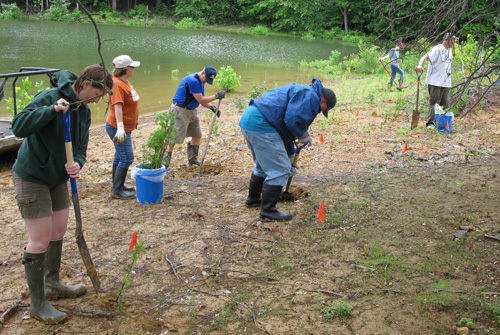
Contact
Sandy Clark-Kolaks, south region fisheries research biologist
Email: sclark-kolaks@dnr.IN.gov
Phone: 812-287-8300


